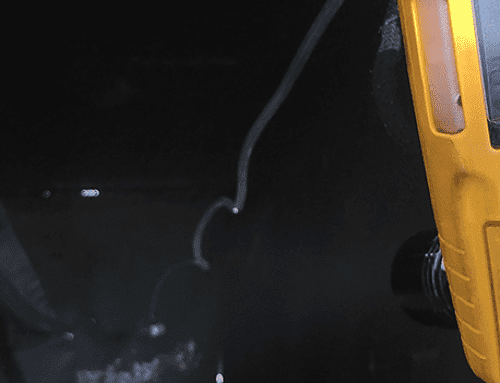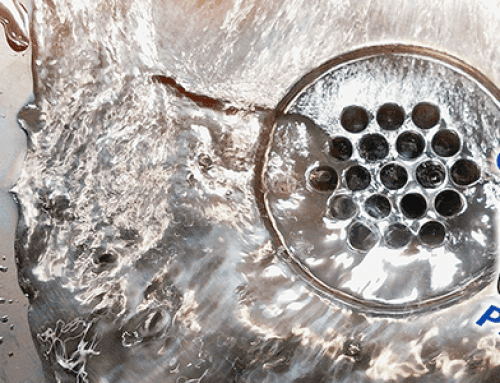Overflowing Toilets and You
Overflowing toilets can be embarrassing and inconvenient. And if water damage occurs as a result, it’s an extra cost you don’t have to incur. When a toilet overflows, there are three possible causes:
- Improperly Adjusted Float – A high filler float causes water to spill from the tank. If this float is adjusted incorrectly, it allows the tank to fill up too much and cause a flood—but other problems with your toilet can also result in overflowing.
- Clogged or Blocked Drain – The most common cause of an overflowing toilet is a clog. To treat it, you typically use a plunger; however, if this doesn’t work there can be extreme cases where professional plumbers need to get involved.
- Blocked Vent Pipe – If your toilet is frequently clogged, it may be caused by a blocked vent pipe. The purpose of a vent pipe is to move air into the plumbing system so that the pressure created when flushing can be released safely. If this is blocked, toilets can’t flush properly, which will lead to a toilet overflow.
If you know what steps to take when your toilet overflows, you can quickly get the problem under control. This emergency plumbing guide that follows explains exactly how that’s done.
#1: Close the Toilet Valve
To stop your overflowing toilet, turn off the water supply to its tank. The main shutoff valve for a typical toilet is underneath and towards the back of the tank; if you can’t twist it closed by hand then use channel locks or another wrench so that no other members of your household can flush while repairs are underway.
To avoid an overflow, you can turn the valve periodically when cleaning the bathroom. That way, you’ll be prepared for a plumbing emergency.
#2: Cut Off the Water Supply
If your valve won’t budge, you’ll have to stop the water flow from inside the tank. Remove its lid and check your flapper. This is the rubber disc that covers a hole at the bottom of many tanks. If it is open (or it won’t stay closed), close or replace it altogether.
If you lift the toilet float, or ball-shaped valve that sits on top of the water in a tank, it should shut off. You may need to prop up this float so that it stays above water level even when you flush again.
#3: Try to Unclog the Toilet
Once you have addressed the problem and prevented further damage, you will need to remove any clogs. The first thing that comes to mind is probably a plunger. If this doesn’t solve your issue, make sure check if there is a snake or auger available which could clear up the drain pipe. Barring that, a few squirts of dish soap, followed by a gallon of hot (not boiling) water, could dissolve the toilet clog. Or, use a wet/dry vacuum to remove the water from the bowl and suck out the clog.
#4: Seek Emergency Plumbing Repair
If you can’t stop your overflowing toilet, or you’re having problems clearing the clog, you’ll need to call for a repair. For quick help, contact a 24-hour emergency plumbing repair service, like Conyers Plumbing.
If your toilet keeps overflowing, you may have a blockage in the external plumbing vents or a clogged drain line. To fix either of these issues, contact a professional plumber for assistance. Conyers Plumbing’s experts are available 24 hours a day, 7 days a week. For emergency plumbing repair services and free estimates call our office today.




